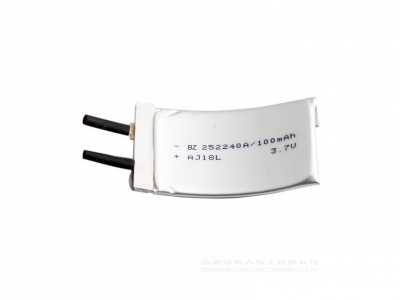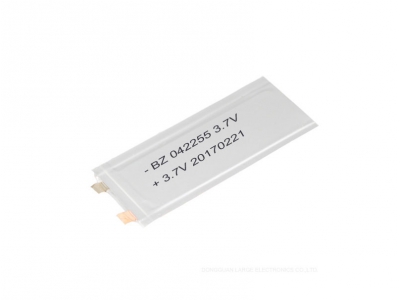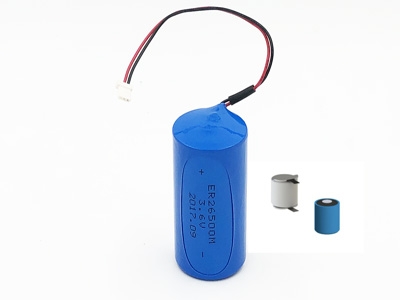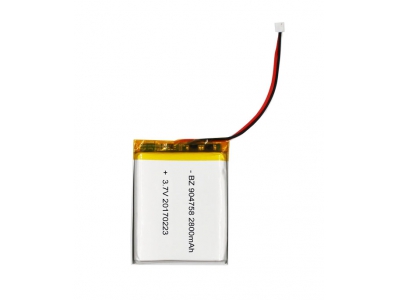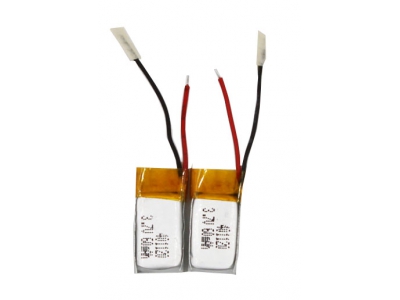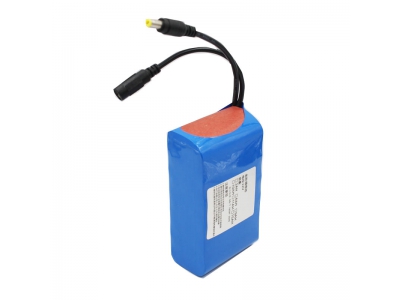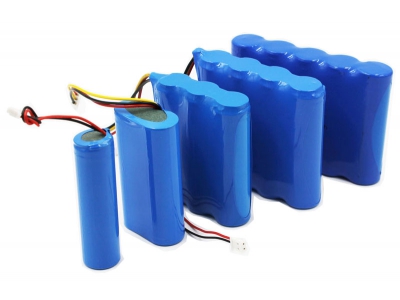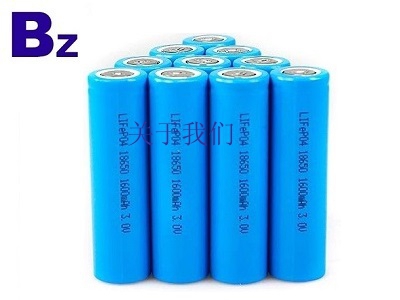FAQ of Lithium Battery (2)
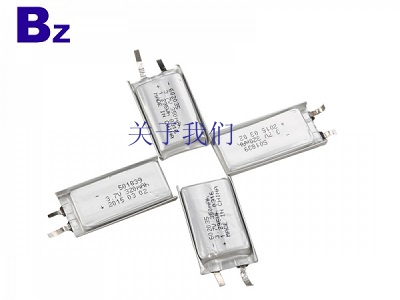
1. what is the rated capacity of the battery
Refers to a certain discharge conditions, the battery discharge to cut-off voltage when the release of electricity.IEC standards for nickel-cadmium and nickel-metal hydride batteries at 20 ± 5 ℃ environment, 0.1C charge 16 hours after discharge to 1.0V at 0.2C For the lithium-ion battery, the provisions of the room temperature, constant current (1C), constant voltage (4.2V) under the control of charging conditions, charging 3h, then 0.2C discharge To 2.75V, the amount of electricity released is its rated capacity, battery capacity units Ah, mAh (1Ah = 1000mAh).
2. what is the battery discharge residual capacity
When the rechargeable battery with a large current (such as 1C or above) discharge, due to the internal current diffusion rate of diffusion there is a "bottleneck effect", resulting in the battery capacity has not been fully discharged has reached the end of the voltage, and then a small current 0.2C can continue to discharge, until 1.0V / branch capacity released as the residual capacity.
3. what is the nominal voltage of the battery, open circuit voltage, midpoint voltage, termination voltage
The nominal voltage of the battery refers to the voltage exhibited during normal operation, the nominal voltage of the secondary nickel-cadmium nickel-metal hydride battery is 1.2V, the nominal voltage of the secondary lithium battery is 3.6V,
Open circuit voltage refers to the external circuit is disconnected, the battery potential difference between the two extremes;
End voltage refers to the battery discharge test, the provisions of the end of the cut-off voltage discharge;
The mid-point voltage refers to the voltage discharged to 50% of the capacity of the battery voltage, mainly used to measure high-current discharge series of high-rate discharge capacity of the battery is an important indicator of the battery.






